
When Americans think of the Indian technology sector, they still perceive a nation of call center workers and low-level computer programmers administering databases and updating websites. But while the West was sleeping, Indian IT morphed into a giant R&D machine. Indian companies that started out doing call center and low-level IT work have climbed the value chain to become outsourced providers of critical R&D in sophisticated areas such as semiconductor design, aerospace, automotive, network equipment and medical devices.
This is happening as multi-nationals set up their own R&D operations in India and partner with local shops. Both the Palm Pre smart phone and the Amazon Kindle, two of the hottest consumer electronics devices on the market, have key components designed in India. Intel designed its six-core Xeon processor in India. IBM has over 100,000 employees in India. A large number of these are building Big Blue’s most sophisticated software products. Cisco is developing cutting edge networking technologies for futuristic “intelligent cities” in Bangalore. Adobe, Cadence, Oracle, Microsoft and most of the large software companies are developing mainstream products in India.
Equally important are the arrival of Indian multi-nationals who are tackling global markets, such as Tata with its dirt cheap Nano car that the company is now positioning for a European market entry and Reva, which recently announced it was planning to build an electric car factory in New York state to address the U.S. market for electric vehicles.
What has been missing to date in India, however, is early stage venture activity and the type of grass-roots entrepreneurism that is the hallmark of American capitalism and Silicon Valley. In that respect China is way ahead of India with many startups taking advantage of huge government incentives and reeling in talented native Chinese returnees to serve as CEOs and CTOs. Note that Kaifu Lee, formerly Google’s top guy in China, was able to launch a $100 million startup incubator focusing entirely on the mobile sector — and he was flooded with business plans within days of opening his doors in the Middle Kingdom.
On my recent trip to India I started to see new signs of life in tech entrepreneurship. Many of the startups that Sarah Lacy and I met were really smart and hungry. Some were even doing things better than their Silicon Valley counterparts. Not all of these startups are developing breakthrough technologies but many of them are solving problems that U.S. companies have thus far failed to solve and doing it with fewer resources.

One of the most interesting companies I met is in the mundane business of developing offset printer ink. Their ink is made from vegetable oil and is entirely bio-degradable. The offset printing industry consumes 1 million tons of petroleum products and emits 500,000 tons of volatile organic compounds every year. An IIT-Delhi incubated startup called EnNatura developed a printing ink which emits no volatile compounds and is washable. And the overall cost of their solution will be significantly less than all present compounds when produced at scale. I can see a company like this growing into a billion dollar global business.
Another interesting company was LiveMedia. This is an out-of-home advertising company that has 4,500 screens in 2,200 destinations with a total reach of 50 million people. Of course, you can find exactly these sorts of TV screens in thousands of places across the U.S. Unfortunately, it has been very hard to make real money selling advertising on these networks. LiveMedia appears to have cracked that by creating specialized content that is more engaging and interactive than a box droning CNN or the Disney Channel. LiveMedia content includes games, quizzes, horoscopes, a few short animations, and other content that is both cheap to produce and easy to play along with or understand. LiveMedia has also perfected context-relevant advertising spots keyed to the crowds at the screen location.
LiveMedia is in the process of building out a partnership with Alcatel-Lucent Bell Labs India that would give the network even more interactive capabilities. Bell Labs has developed a content management and routing system, dubbed Mango, that makes it much easier and efficient to deliver high-bandwidth, high-quality video and interactive content over existing networks. In the developing world, everyone wants a TiVO-like capability to share, store and manage content. But existing GPRS or EDGE-based cell networks are not up to snuff. And the broadband infrastructure still lags behind that of the most developed telecom networks in places like Japan, Korea and Scandanavia. A product like Mango is tailor-made for VC investment to get it out of the lab and into a spin-off company.
This is partly why so many U.S. venture capital shops have opened up branches in India. In fact, the two lead investors in LiveMedia are both U.S. venture capitalists including the respected Valley firm Draper Fisher Jurvetson. But India lags in home-grown venture capital activity. As I have previously discussed, VCs follow the innovation. So the lack of native VC in India is notable in that it implies a critical mass of activity remains lacking, as well.
For example, in the first nine months of 2008, total early stage VC investments in India totaled $678 million, according to the Global India Venture Capital Association. In the U.S. over that same period early stage investments tallied $5.2 billion according to the U.S. National Venture Capital Association – and that number is not entirely reflective of the real situation. The economic downturn hit the U.S. much harder than the Subcontinent and VC activity in the U.S. fell faster and harder. Regardless, a 10-fold difference between early stage venture activity clearly illustrates the capital is not there yet.
So when will there be enough innovative startups to support an explosion in venture capital? I’d argue, sooner than you realize. During my week in India I spoke to close to 100 startups. A few of them had products or prototypes that would easily compete in Silicon Valley. Some of the leading lights of the legacy Indian IT giants are also moving quickly into VC. Infosys founder Narayan Murthy recently sold millions of dollars of shares in the company in order to launch a venture capital fund targeting investments in India.
The dynamics of entrepreneurship are the same in India as in America. Company founders usually come from the ranks of experienced business executives and are middle-aged. They get tired of working for others and want to make an impact and build wealth before they get too old. Given that there are now hundreds of thousands of R&D workers in India who are gaining valuable experience and are getting old, it is simply a matter of time before they begin to hatch their entrepreneurial plans. After all, their colleagues who migrated to the U.S. now start nearly one in six of Silicon Valley’s tech firms.
I’ll bet that in 5 years, if you stacked up a TechCrunch 50 of Indian start ups versus a comparable number of U.S. startups, it would be a pretty even match. That’s pretty amazing considering the relatively short length of time that the Indian startup scene has existed. And it’s a good lesson for America that the barriers to starting a company are lower than ever before—and some ambitious engineer in India will eat your lunch if you don’t get your prototype built and perfected ASAP.




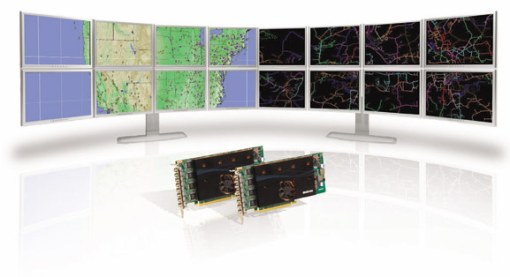
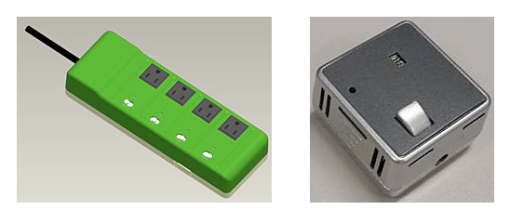
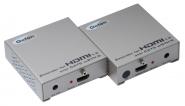
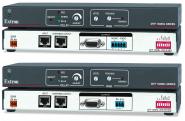
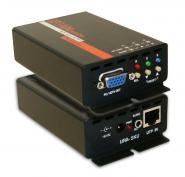



Recent Comments